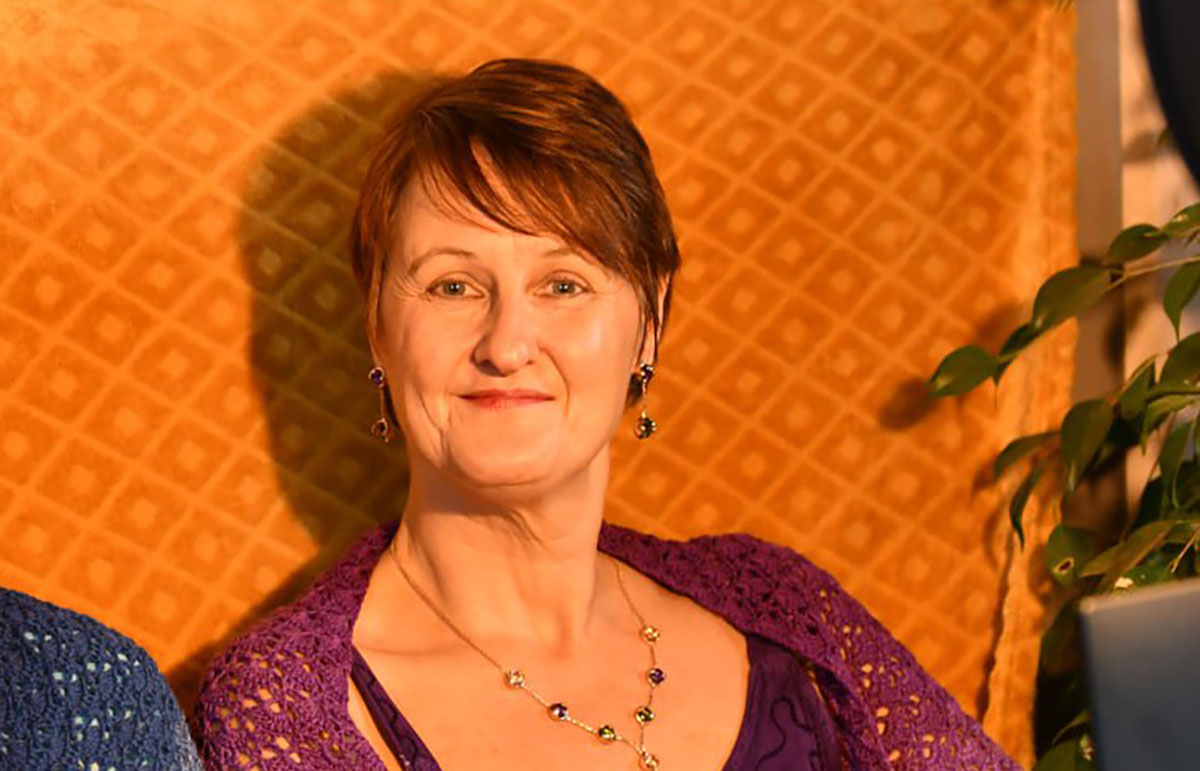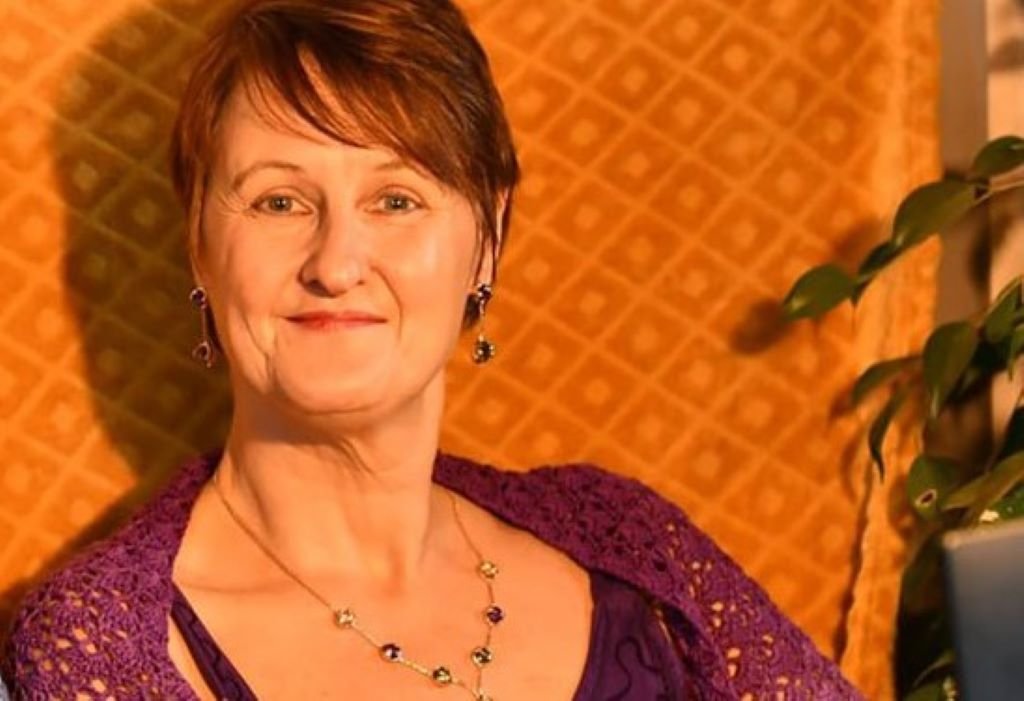"Fall Of The Cabal" & Janet Ossebaard: Controversy & Legacy
Did the shadow of conspiracy theories ever ensnare someone you know? The recent passing of Janet Ossebaard, the creator of the "Fall of the Cabal" documentary series, and the circumstances surrounding it, highlight the complex intersection of belief, misinformation, and personal tragedy.
The reach of Janet Ossebaard's work, particularly her documentary series "The Fall of the Cabal," extended far and wide. The series delved into various conspiracy theories, offering a perspective on global events that resonated with a significant audience. It is a subject that has, regrettably, touched many lives, including those within my own family. My sister, mirroring the anxieties of countless others, found herself drawn into Ossebaards world, a world built on the foundations of distrust and a belief in hidden agendas.
The documentary series, co-created with Cyntha Koeter, explored a range of topics, from the alleged existence of chemtrails and the supposed dangers of childhood vaccines to the controversial claims surrounding QAnon and the assertion that the media and governments are intentionally misleading the public. Ossebaards work aimed to challenge mainstream narratives, offering an alternative understanding of current events. However, such an approach can be a double-edged sword, capable of both enlightening and, at times, misleading its audience. The series' popularity reflects a deep-seated skepticism toward established institutions and a yearning for answers, especially during times of crisis. It provided a sense of understanding and community for its viewers, a haven from the chaos of a world in flux. The documentary's reach extended across borders and language barriers, with translations and discussions popping up in online forums, social media groups, and alternative news outlets. This widespread engagement demonstrated the power of Ossebaard's narrative to captivate and influence a global audience. The series offered a seemingly logical framework for understanding the complexities of global events, making it accessible to those who felt disenfranchised by mainstream information sources. Unfortunately, the same accessibility that drew in a large audience also facilitated the spread of misinformation. The very format that allowed the series to reach so many also exposed it to the risk of promoting unsubstantiated claims and contributing to the erosion of public trust in credible sources. The line between providing alternative perspectives and promoting unsubstantiated theories became blurred, leaving many viewers struggling to distinguish fact from fiction.
| Category | Details |
|---|---|
| Full Name | Janet Ossebaard |
| Date of Birth | Not publicly available |
| Date of Death | December 22, 2023 (Reported) |
| Nationality | Dutch |
| Known For | "The Fall of the Cabal" documentary series, crop circle research |
| Partner | Cyntha Koeter |
| Professional Interests | Alternative media, conspiracy theories, crop circles, UFOs |
| Controversies | Promoting conspiracy theories; Death by suicide amidst public scrutiny |
| Reference | stopworldcontrol.com |
Ossebaard's fascination with the esoteric world began in 1994 when she was drawn to crop circles near Assen. This early interest propelled her to spend summers in southern England, the heart of the crop circle phenomenon. This experience set the stage for her later work, as she meticulously mapped out formations, collected samples for biophysical research, and immersed herself in the world of alternative explanations. This early fascination evolved into a broader exploration of unconventional theories, paving the way for her later documentary series and the controversies that would surround it. The journey from crop circles to conspiracy theories reflects a pattern of seeking hidden meanings and questioning accepted realities.
The circumstances surrounding Ossebaards death, which was confirmed as a suicide by her partner Cyntha Koeter, have further complicated the narrative. The news of her passing was met with both sorrow and skepticism, particularly given her previous statements denying that she would ever take her own life. This contradiction, coupled with the nature of her work, fueled speculation and debate within the communities that followed her. The video featuring Koeter, seemingly confirming the suicide, became a point of contention, with some viewing it as potentially coerced or staged. This has raised questions about the reliability of the information and the extent to which it could be considered an objective account of events. These events underscore the volatility of the environment in which such beliefs exist and the challenges that arise when individuals find themselves deeply entrenched within these frameworks. The impact of her work, therefore, extends beyond the realm of simple documentary filmmaking, as it has infiltrated the very fabric of belief and trust. The implications of her death have resonated far beyond the initial shock and grief.
The sequel to "The Fall of the Cabal" was published posthumously, a testament to her dedication and the collaborative efforts with Koeter. The project was completed, with parts 1 to 5 released in her honor, highlighting the extensive research and thousands of hours she invested in the series. The dedication of Koeter and others close to her highlights the personal dimensions of this story, emphasizing the human cost of conspiracy theories and their impact on individuals and communities. The commitment of those involved in creating the documentary underscores the emotional investment they made in the subject matter and the impact the events had on them. The publication, however, also raises ethical questions. Can such works be considered as objective or neutral, or are they inherently biased, particularly given the context of her death? The content continues to be shared and debated, contributing to the ongoing discussion and influence of Ossebaards ideas. Her work, in death, continues to circulate and be reinterpreted.
The debates that surround Janet Ossebaard and her work underscore the fundamental nature of conspiracy theories and the impact they can have on individuals and society. The concept of scientific skepticism is brought to the forefront, urging critical thinking when engaging with alternative viewpoints. It is about combining knowledge of science, philosophy, and critical thinking with careful analysis to help identify flawed reasoning and deception. The nature of conspiracy beliefs makes them resistant to debate. The very structure of such theories often involves self-referential logic, which shields them from scrutiny. This dynamic can be observed in various online forums and communities dedicated to the ideas put forward in the documentary series. Those critical of Ossebaard and her work were quickly dismissed as "blind soldiers," reinforcing the us-versus-them mentality. This dynamic, in turn, further cements the beliefs within the group, and creates an echo chamber effect where alternative views are minimized and even silenced.
The impact of Ossebaard's work can be seen in how it has become a recruitment tool for QAnon followers, a movement that has spread rapidly in recent years. The video, with its themes of governmental deceit and media manipulation, provided a readily accessible pathway to bring in new recruits. The series, with its claims of a hidden cabal controlling the world, has proven to be an effective tool for drawing in and consolidating members. The sense of a shared understanding of reality gives followers a feeling of belonging, while simultaneously fostering mistrust of external information sources. Such ideas are often presented as providing an alternative, more truthful interpretation of world events. This tactic has proven effective in attracting individuals who feel disconnected or disillusioned with mainstream narratives. The series' themes of resistance against a shadowy elite resonated with those already inclined towards conspiracy theories. The language used, combined with the presentation of information, reinforced pre-existing biases and contributed to the spread of misinformation. This has led to a cycle of distrust that undermines the ability of society to engage in open dialogue and critical thinking.
The legacy of Janet Ossebaard is complex. The documentary series has been viewed by many as a source of education and enlightenment. It has also been criticized for promoting misinformation and contributing to the spread of conspiracy theories. Regardless of how it is viewed, the series has undoubtedly left its mark on the world. The circumstances surrounding Ossebaards death have added another layer of complexity to the narrative. The events will continue to generate conversation, providing an opportunity to reflect on the allure of conspiracy theories and the responsibility of those who produce and consume such content.
In the wake of these events, the question arises: how do we navigate the world of alternative narratives and conspiracy theories? The key is to approach such material with a healthy dose of skepticism and critical thinking. One must always seek to cross-reference information and question the sources of any information. It's also necessary to acknowledge the inherent biases within ourselves and those we consider credible. The tragedy surrounding Janet Ossebaard serves as a stark reminder of the human cost of belief and the need for thoughtful engagement with the ideas we encounter, particularly in a world saturated with information. The circumstances surrounding her death have highlighted how complex and sensitive the issue of alternative narratives can be. The case continues to highlight the crucial need for critical thinking, open dialogue, and a commitment to verifiable facts in order to avoid the pitfalls of misinformation and conspiracy theories.


